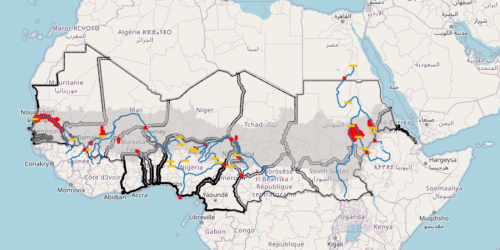Create your map!
In the Atlas section, dedicated to maps, you will find cartographic content and outputs from our research. In addition to interactive maps, you can also create your own map by uploading data from our archive.
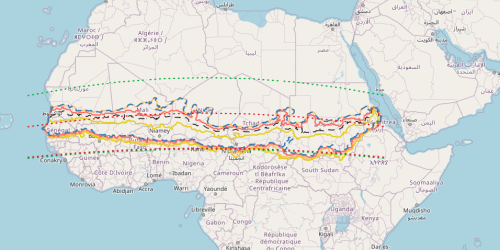
1- Borders of the Sahel according to various authors

2- Sahel on the move
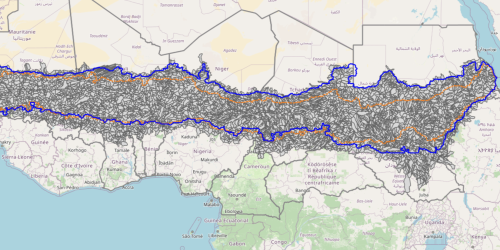
3- Our area study
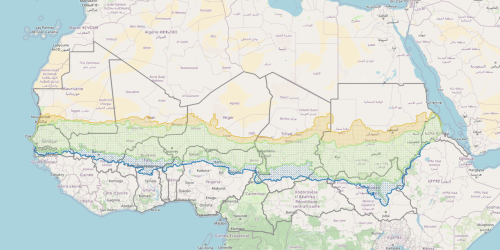
4- The core of the Sahel, the liminal Sahel and the buffer zone

5- Sahel’s political, weighted borders
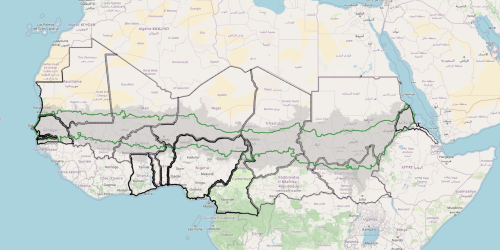
6- A first cartographic synthesis: Pluviometric and political Sahel
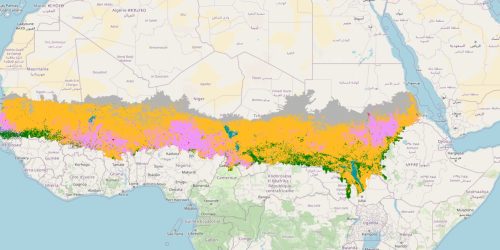
7- Land cover map of the Sahel
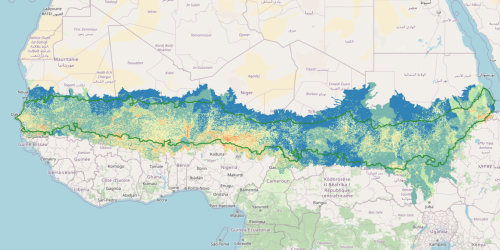
8- Convergence of Evidence map with nine land change issues
Convergence of Evidence (CoE) is an approach developed to analyze land degradation not through a single indicator, but by integrating multiple signals of environmental and human-induced stress. The core idea is that the co-occurrence of several critical factors—such as erosion, population pressure, productivity loss, and land use change—provides a more robust indication of ongoing or potential degradation.
The map shows that:
-
The areas with the highest convergence of degradation factors are located in the south, where human activities are more intense and agriculture is predominant.
-
The north appears more stable but is subject to chronic risks of desertification, despite lower anthropogenic pressure.
The approach enables precise mapping of degradation hotspots, offering a valuable tool for environmental restoration planning and monitoring of the Sustainable Development Goals (particularly SDG 15.3.1).
CoE allows us to address the complexity of land degradation in the Sahel in an integrated way, moving beyond reductionist views and supporting more informed and effective land management strategies.

9- Spatial distribution of the indicators considered for the calculation of the Convergence of Evidence
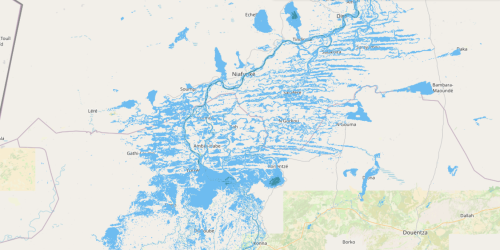
10- Details of the Inner Niger Delta (Mali) as part of the hydrological Sahel.

11- Details of Lake Chad as part of the hydrological Sahel
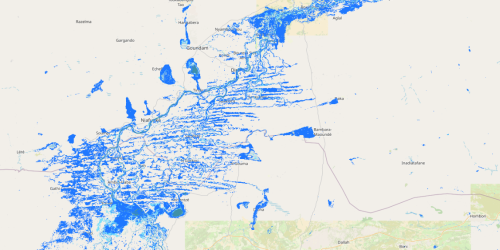
12- The hydrological Sahel— core area of the Inner Niger Delta (Mali).
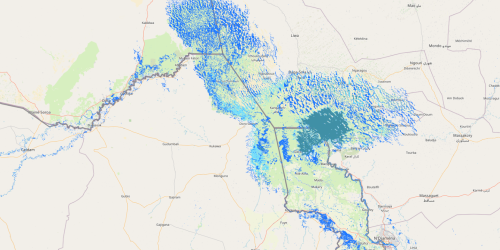
13- The hydrological Sahel— core area of Lake Chad (Chad).
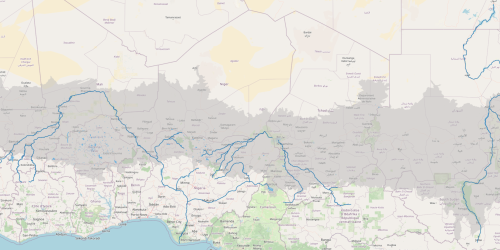
14- The major reservoirs in the pluviometric Sahel
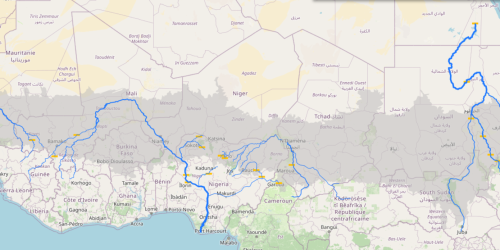
15- Main dams and river flow
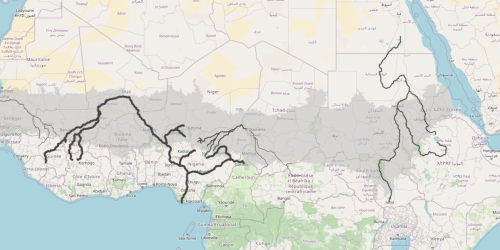
16- Human footprint on Sahelian rivers
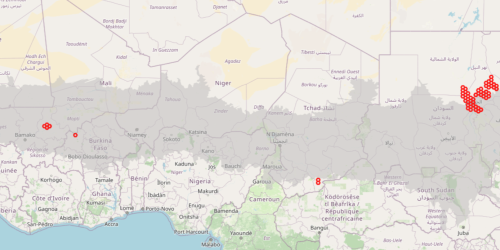
17- Identification of area of interest for pivot irrigation systems (AOIp)
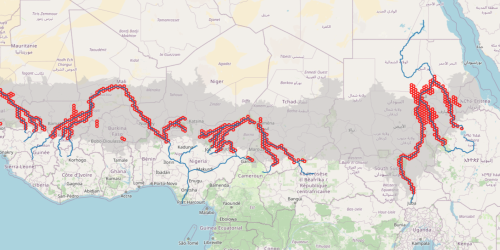
18- Main areas of potential interest (gravity-fed irrigation)
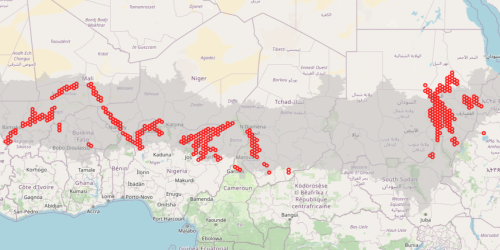
19- Selected area of interest (AOI)
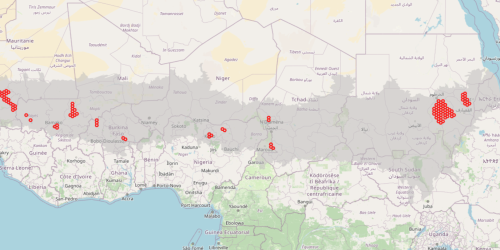
20- Identification of area of interest for surface irrigation (AOIsu)
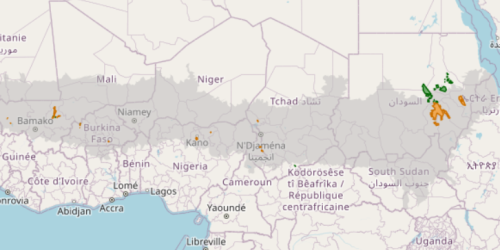
21- AOIp and AOIsu after contour cut

22- Main river basins in the Sahel
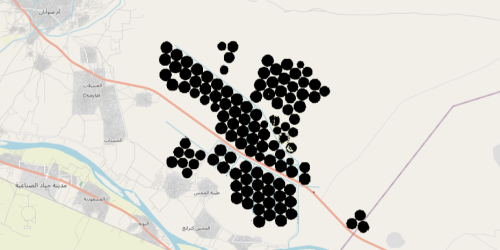
23- Evolution of Waha project from 2009 to 2024 (period: March–May)
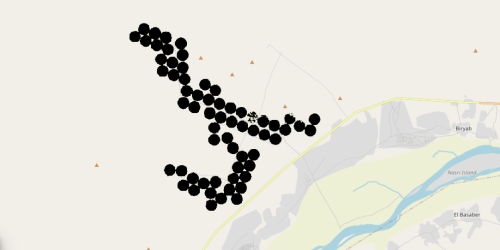
24- Evolution of GLB project from 2009 to 2024 (period: March–May)
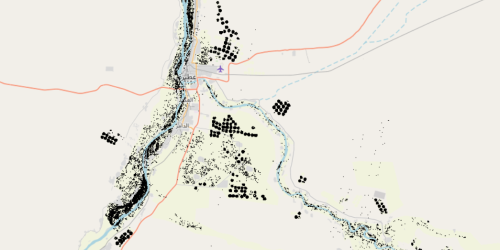
25- Evolution of irrigation over time in the Atbara area
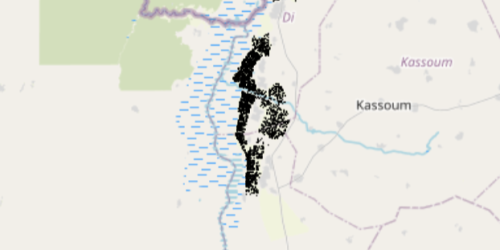
26- Mapping of Sourou Valley (period: April–May)
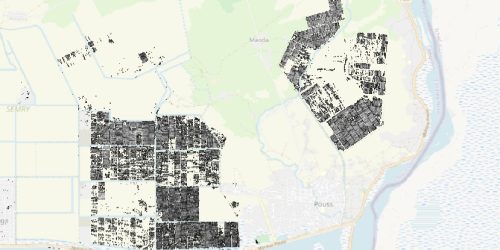
27- Mapping of the SEMRY 1 and 2 projects (period: February–April)

28- A cartographic synthesis: the breath of the Sahel
